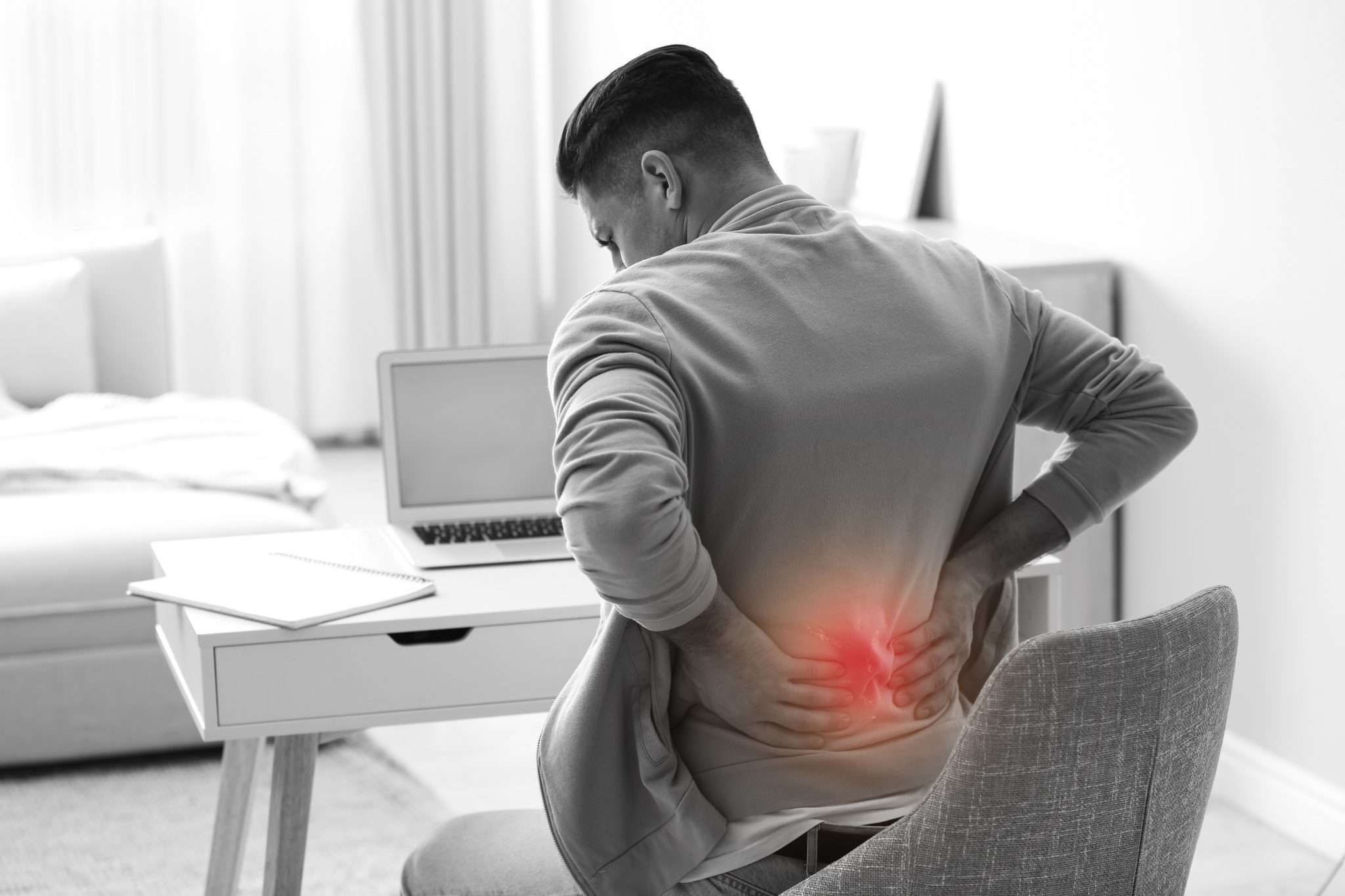The human body, in its intricate design and function, can sometimes experience various forms of pain. One such pain that is often misunderstood is axial pain.
This type of pain is localized, meaning it does not radiate to other parts of the body. In this blog, we’ll understand what axial back pain is, explore its common causes, and outline its treatments.
What is axial back pain?
Axial back pain is a type of pain that remains centralized or localized in one region of the spine. It does not spread to other parts of the body like the arms or legs.
This type of pain can be intermittent, where it comes and goes, or it can be constant. It can also vary in intensity, ranging from mild discomfort to severe and debilitating pain.
Symptoms Associated with Axial Pain
When it comes to recognizing what axial back pain is, knowing the associated symptoms is crucial. Unlike radiating pain, which might spread to the extremities, axial pain remains confined to a specific area.
Type of Pain:
Individuals may experience a sharp sting or a consistent dull ache specifically localized either in the back or neck.
Stiffness and Reduced Range of Motion:
Alongside pain, there’s often stiffness in the affected region.
This makes certain movements or positions challenging or uncomfortable.
Aggravating Activities:
Activities like prolonged standing, extended sitting, or even bending or twisting might exacerbate the pain.
In axial low back pain, prolonged sitting or lifting heavy objects might intensify discomfort.
Types of Axial Pain
There are different regions where axial pain can manifest:
Axial Neck Pain:
This refers to pain that is localized in the cervical region of the spine. Common causes include muscle strains, ligament sprains, and wear-and-tear arthritis.
Axial Low Back Pain:
This is pain situated in the lumbar region, which is the lower part of the spine.
This type of pain is perhaps the most common and can be caused by various factors, which we will explore in the following section.
Common Causes of Axial Pain
Understanding the causes of spinal and axial pain is pivotal in determining the best treatment approach. Some of the frequent causes include:
Muscle Strains and Ligament Sprains:
Overexertion or sudden, awkward movements can lead to strains and sprains. These movements will result in axial low back pain or neck pain.
Degenerative Disc Disease:
Over time, the discs in our spine can wear out, leading to pain. This degeneration can cause axial pain in both the neck and lower back regions.
Arthritis:
Osteoarthritis can affect the spine, leading to axial neck pain or lower back pain. It involves the wear and tear of the cartilage that cushions the ends of the bones in your joints.
Spinal Stenosis:
A narrowing of the spaces within the spine can put pressure on the nerves, leading to axial pain.
Risk Factors for Developing Axial Pain
Understanding the triggers or predispositions to axial back pain can be instrumental in its prevention and management.
Age:
As one grows older, the wear and tear on the spine increases. These factors lead to conditions like degenerative disc disease, which can cause axial pain.
Lifestyle and Obesity:
Sedentary lifestyles, combined with obesity, increase the stress on the spine. This will often lead to axial neck pain and axial low back pain.
Occupational Hazards:
Jobs that demand repetitive bending, lifting, or prolonged periods of sitting or standing can increase the risk of developing axial pain.
Previous Injuries:
A history of back or neck injuries can predispose an individual to recurrent episodes of axial back pain.
Prevention and Self-Care for Axial Pain
Prevention is always better than cure. When you understand what axial pain is, it becomes imperative to know how to prevent it or manage its initial stages.
Regular Exercise:
Engaging in a routine that focuses on core strengthening can be a significant preventive measure. A strong core supports the spine reducing the risk of axial back pain.
Ergonomics:
Investing in ergonomically designed furniture, especially chairs with proper lumbar support, is helpful. This change can drastically reduce the chances of axial low back pain.
Proper Lifting Techniques:
Using the legs instead of the back to lift heavy objects and keeping objects close to the body is a good strategy. This posture will help in avoiding twisting while lifting and can prevent undue stress on the spine.
Self-care Measures:
At the first sign of axial neck pain or axial low back pain, consider applying cold packs to reduce inflammation or heat packs to relax muscles. Over-the-counter pain relievers can be effective, but always consult a medical professional if pain persists or intensifies.
Treatment Options for Axial Pain
When one asks, What is axial pain? it’s equally important to ask, How can it be treated?
Here are some commonly recommended treatments:
Physical Therapy:
Physical therapists can provide exercises and stretches. These exercises strengthen the back and improve flexibility, alleviating the causes of axial back pain.
Medications:
Over-the-counter pain relievers and prescription medications can help manage the pain. Muscle relaxants may also be prescribed for muscle spasms.
Injections:
Steroid injections can help reduce inflammation and relieve pain.
Surgery:
In cases where other treatments don’t work and the pain is debilitating, surgical interventions might be an option.
Alternative Therapies:
Acupuncture, chiropractic adjustments, and massage therapy have been found effective for patients with axial low back pain or neck pain. If these therapies does not work on you try minimal invasive pain procedures.
Wrap-Up
Axial pain, whether it’s axial neck pain or axial low back pain, is a localized discomfort that can severely affect one’s quality of life. Understanding the causes and seeking appropriate treatment is crucial for managing and, in many cases, alleviating the pain.
Consult with our medical professionals at Spine and Pain Clinic of Texas when experiencing persistent or severe pain. By addressing this pain promptly and appropriately, individuals can navigate a path to improved well-being and reduced discomfort. As always, a thorough consultation with a healthcare specialist is crucial for tailored advice and care. Contact us to get your personalized plan.





